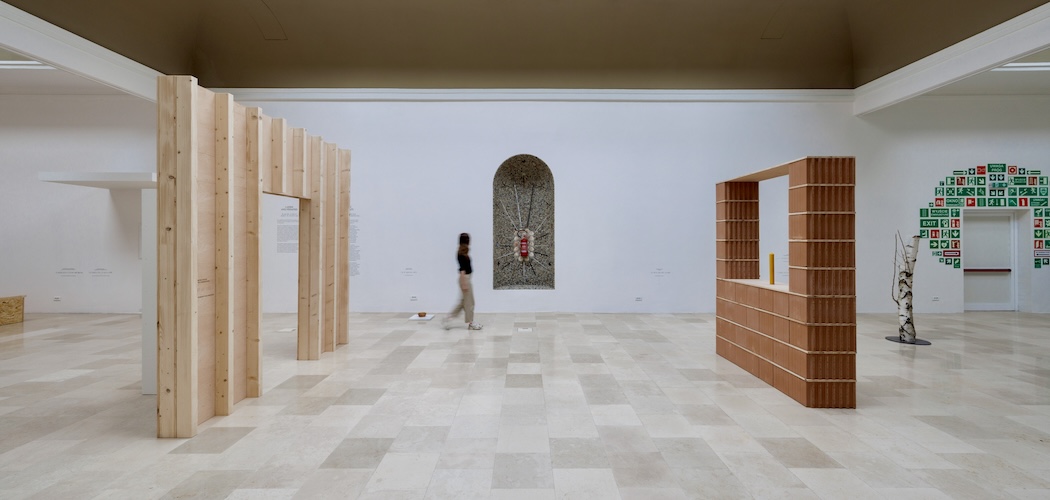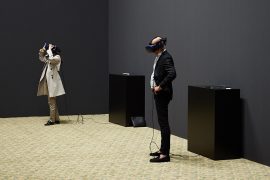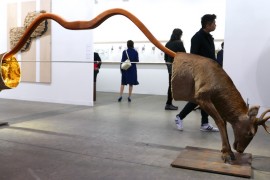Architecture has always served to shelter and protect — but what does this mean in our contemporary world? Amidst unprecedented change and mounting uncertainty, the Polish Pavilion at the 2025 Venice Architecture Biennale presents a profound investigation into architectural anthropology through “Lares and Penates: On Building a Sense of Security in Architecture.”
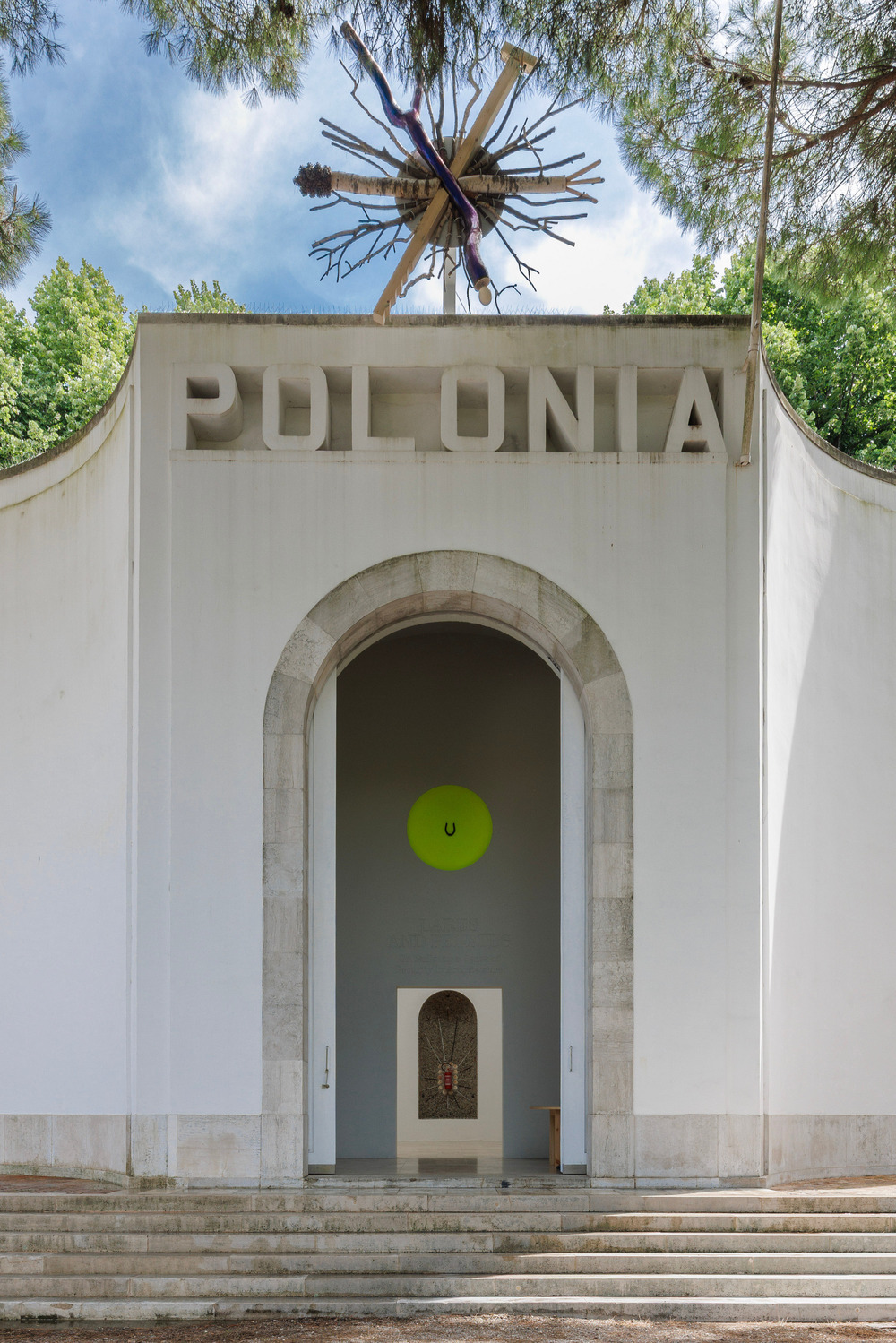
Photo credit: Jacopo Salvi, Zachęta archive
A multidisciplinary collaboration between historian Aleksandra Kędziorek, artists Krzysztof Maniak and Katarzyna Przezwańska, and architect Maciej Siuda approaches architecture from an unconventional perspective—not through the designer’s lens, but through the lived experiences of inhabitants. By withholding preconceptions, the project creates space for human fears, longings, and fundamental needs, bridging emotional and rational dimensions.
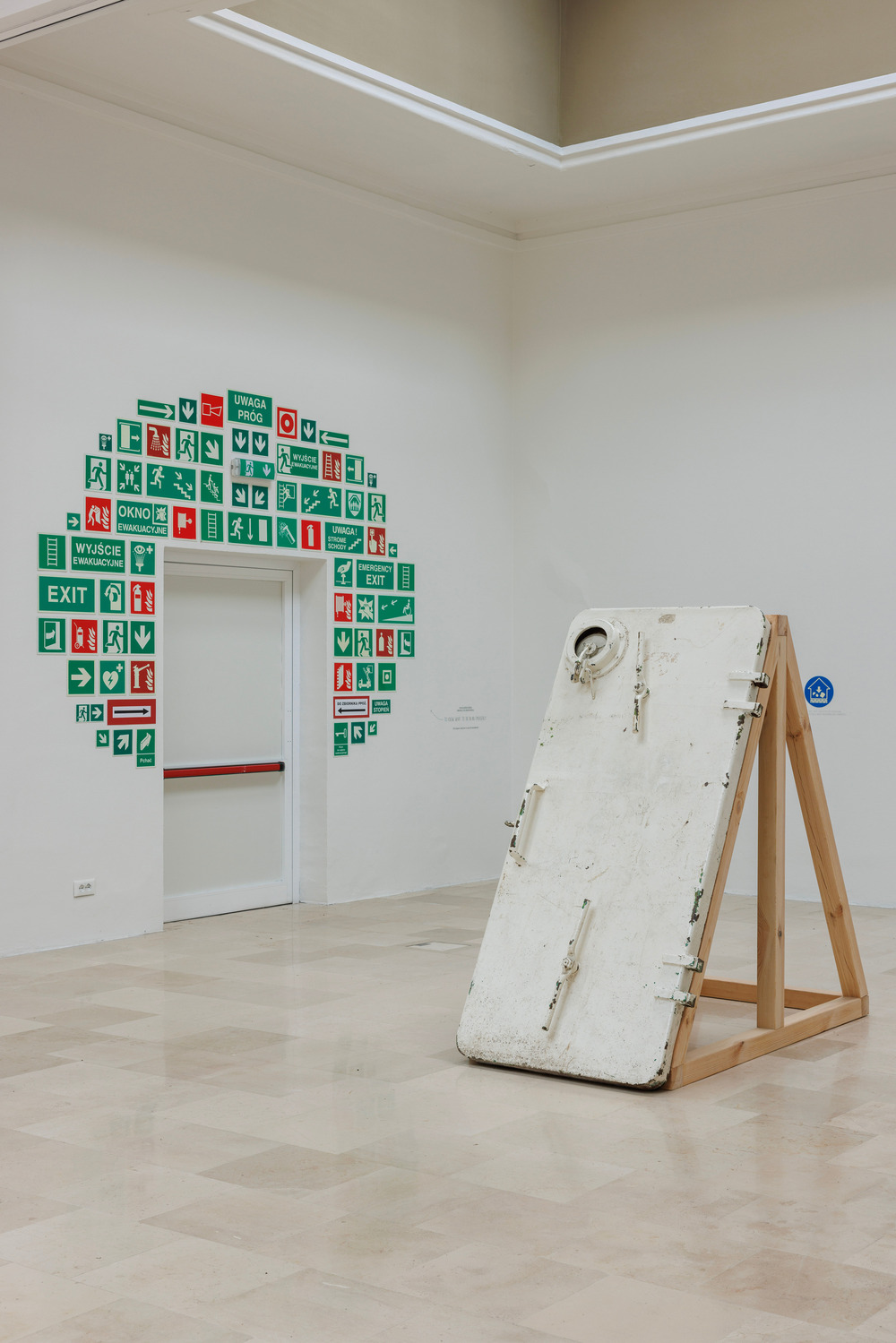
Photo credit: Jacopo Salvi, Zachęta archive
Aleksandra Kędziorek explains the exhibition’s foundation: “Lares and Penates served as Roman household protector deities. Across many cultures today, they continue to represent guardianship and domestic security. Responding to Carlo Ratti’s curatorial vision for the 2025 Architecture Biennale—which incorporates ‘intelligens’ into this year’s title—we interpret lares and penates as a universal language rooted in ancient wisdom and embedded within our shared human consciousness.”
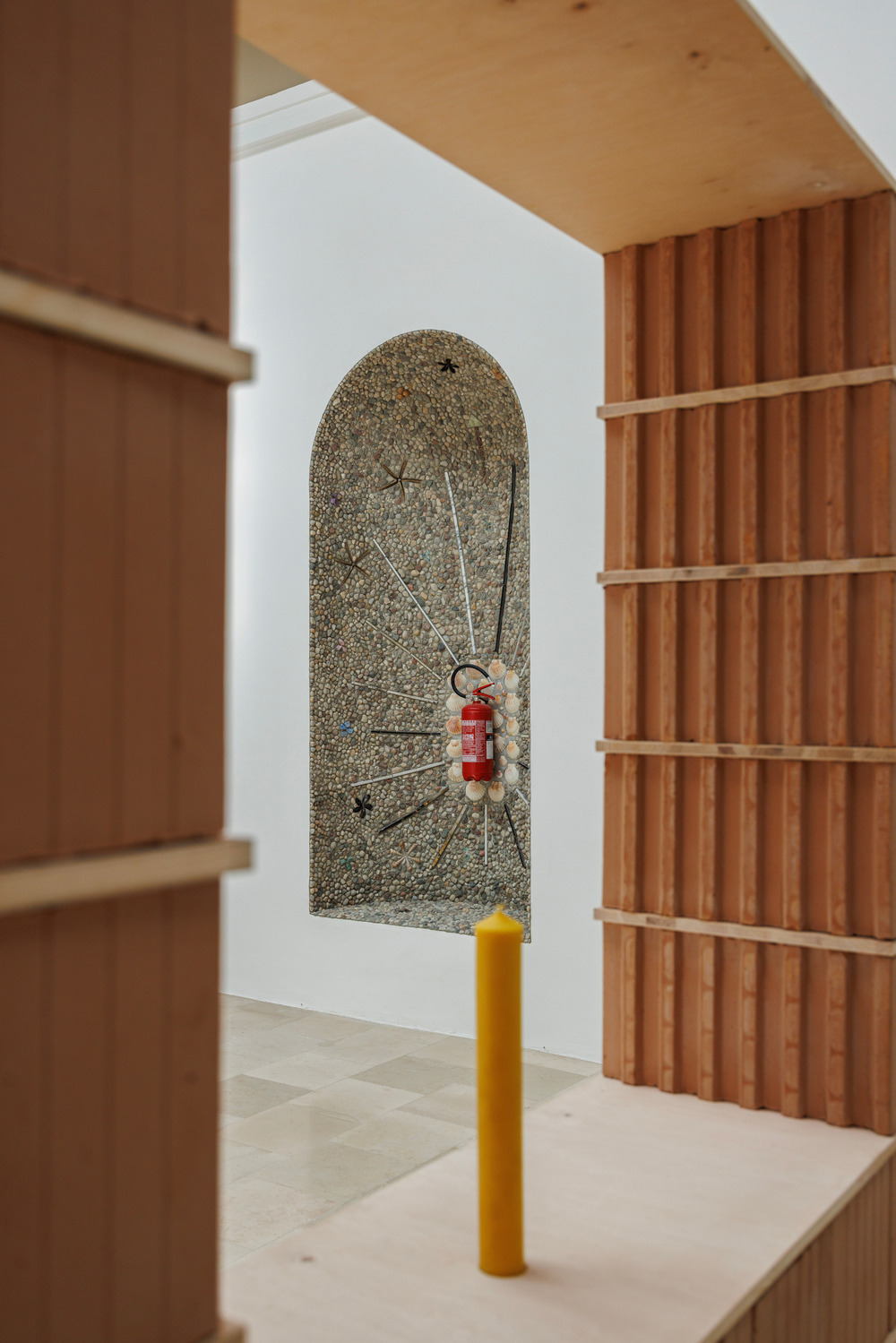
Photo credit: Jacopo Salvi, Zachęta archive
Extensive research throughout Poland uncovered enduring customs and rituals transmitted through generations: storm-warding candles positioned in windows, protective garlands called “wiecha” hung at construction sites, salvaged village thresholds marking sacred boundaries between interior and exterior spaces, and divining rods used to detect underground water sources for new buildings.
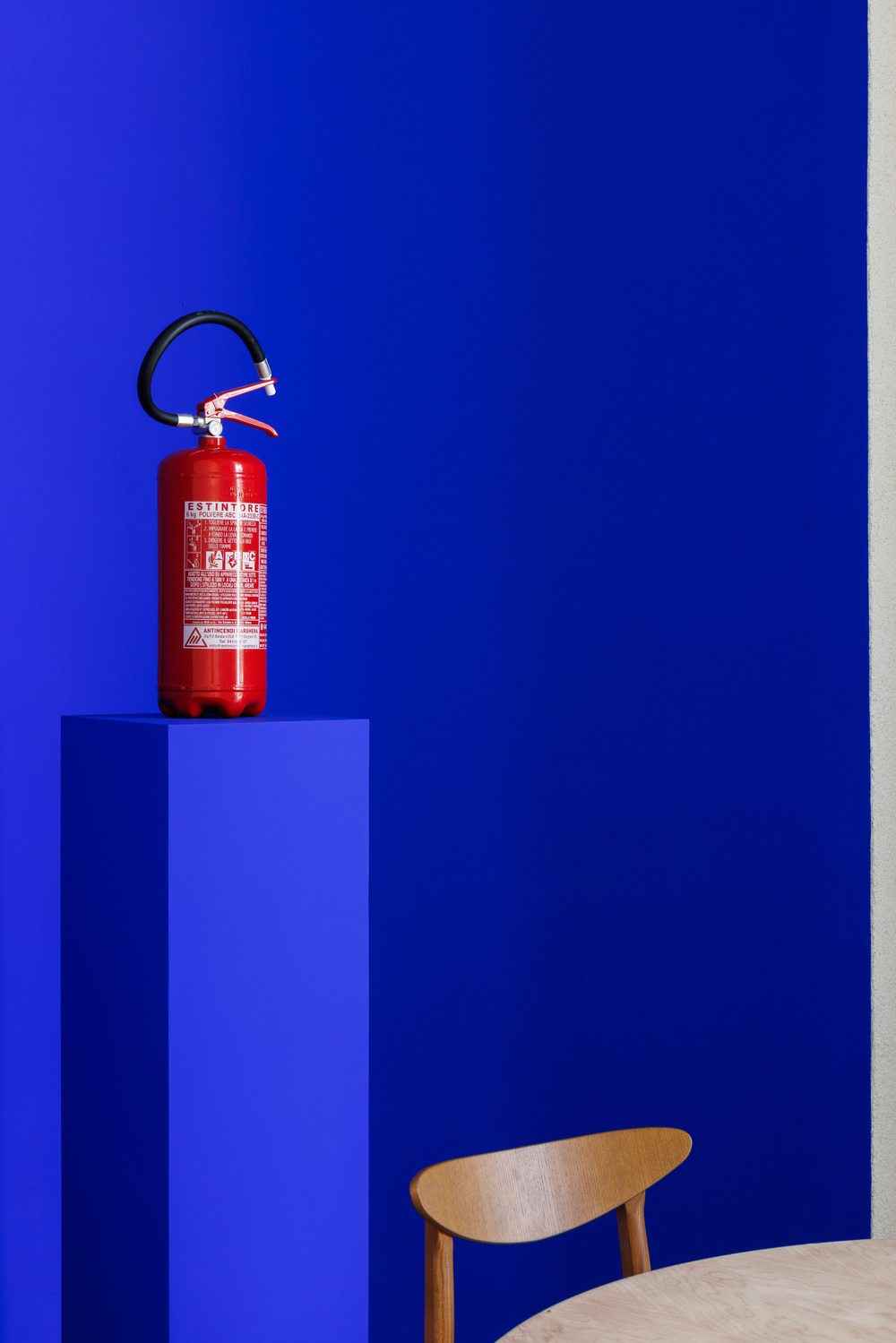
Photo credit: Jacopo Salvi, Zachęta archive
Simultaneously, the exhibition highlights contemporary safety infrastructure mandated by current building codes—emergency exits, fire alarms, and other regulatory features already integrated into the Pavilion’s architecture are recontextualized as exhibition elements. The display also incorporates peepholes, security systems, and locks—the often-invisible devices through which we monitor and safeguard our spaces.Through a humanistic lens, the exhibition continually interlaces architecture’s regulatory and emotional dimensions—realms typically considered distinct. A utilitarian fire extinguisher becomes art when placed within a fresco-decorated niche or framed by Venetian mosaic, revealing its symbolic power to comfort and reassure.
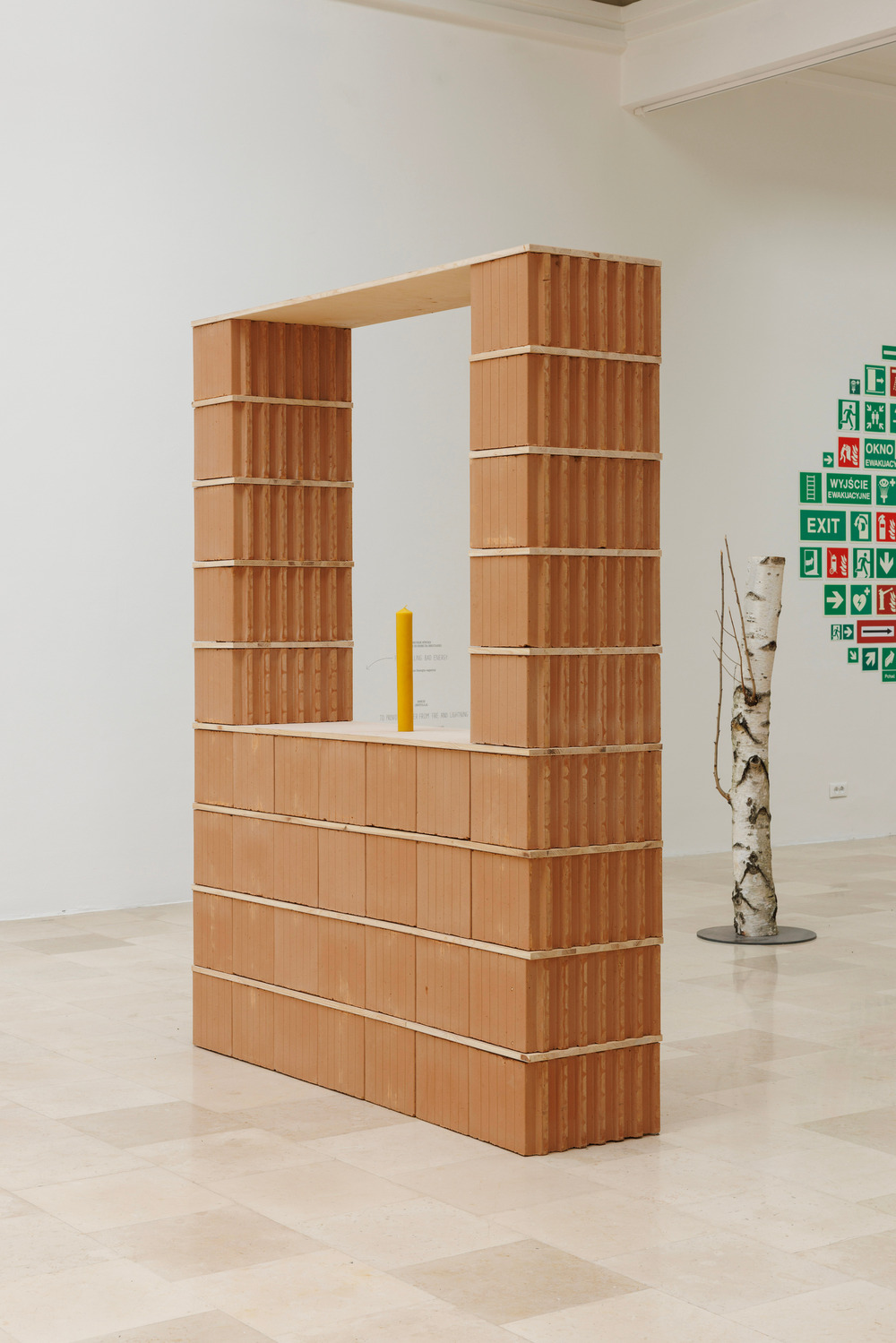
Photo credit: Jacopo Salvi, Zachęta archive
Rejecting digital abstraction, the exhibition presents visitors with a carefully curated collection of discovered and constructed objects displayed at human scale, emphasizing their physical materiality within a purposefully minimal setting. These tangible, three-dimensional artifacts draw from our collective cultural heritage and shared memory.

